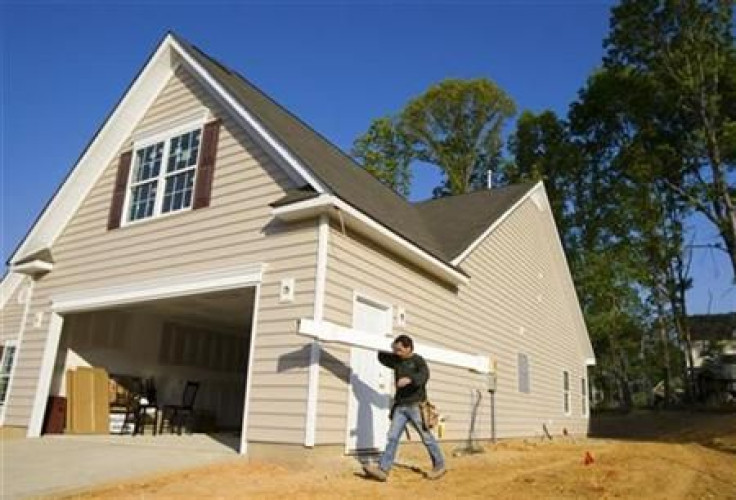Financing Problems Account for 21% of Stalled Construction: AIA

Lack of financing accounts for 21 percent of stalled construction sites, dampening job growth, according to research from the American Institute of Architects (AIA) and analysis of McGraw-Hill Construction data.
Construction spending has declined by 27 percent since the end of 2008, a decline of almost $300 billion, a fall that accounted for a 2 percent decline in the U.S. economy.
Private sector spending has dropped by over a third, while spending for public projects has declined by less than 10 percent, thanks to funding from the government. The cuts have directly hurt jobs in the design and construction industries, but have also had negative, indirect impact on the economy, according to the AIA.
This report should lay to rest any doubt about what is a key source for holding back job creation in the United States, said Kermit Baker, chief economist of the AIA, in a statement. It is the lack of financing especially to the design and construction sector, which accounts for $1 in $9 of U.S. Gross Domestic Product.
The study cited sharply reduced commercial real estate lending as the major factor in the decline of new construction. Although standards have loosened in 2011, they remain very tight by historical standards, according to the AIA, and failed to keep up with new demand. Loans in mid-2011 totaled $275 billion, according to the Federal Deposit Insurance Corporation (FDIC), 15 percent below December 2010 levels and less than half of December 2008 levels.
According to a July AIA survey of architecture firms around the country, 70 percent of firms had one or more stalled projects. Financing was the most common reason for the delay, at 62.3 percent of projects, while other reasons included client nervousness about the project, the weak economy and insufficient budget for the original proposal.
Stalled projects with budgets under $5 million accounted for almost half of all projects that have been put on hold, while only 15 percent of them had construction costs over $25 million. A third of stalled projects were renovations, including green retrofits, or additions of existing facilities.
The AIA's analysis of McGraw-Hill Construction and Reed Construction Data found thousands of stalled projects. Although 40 percent of projects since 2008 have moved forward with construction. 21 percent of projects have stalled due to financing, up from 11 percent in 2008. Private education construction was particularly affected, with 33% of projects stalled because of financing. Multifamily housing was stalled 21 percent of the time because of financing.
To address the problem, the AIA launched last Monday a database of stalled projects, where architects, investors and developers can submit plans and connect to re-start stalled projects. Five projects have been submitted in the last week, according to an AIA spokesman.
© Copyright IBTimes 2024. All rights reserved.











